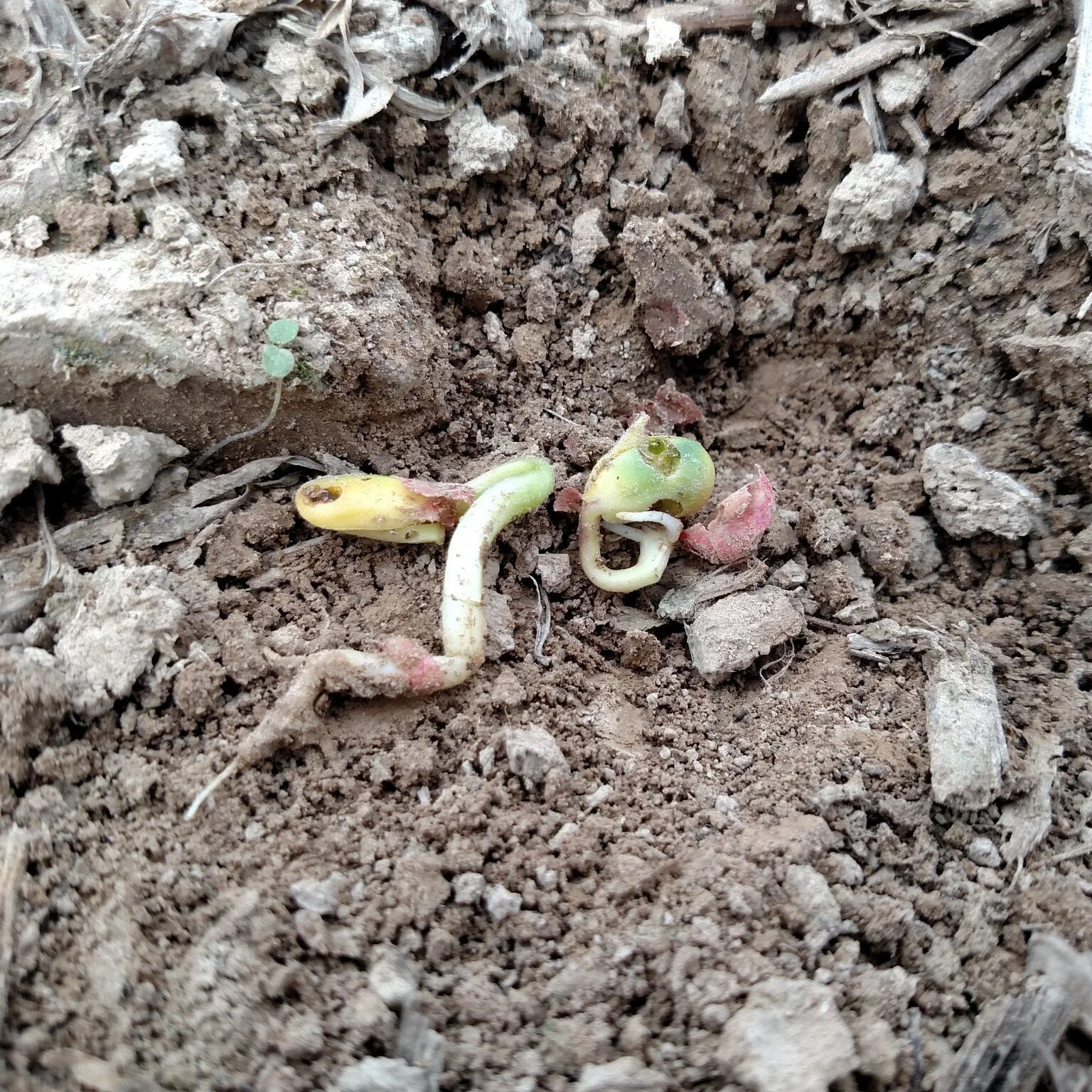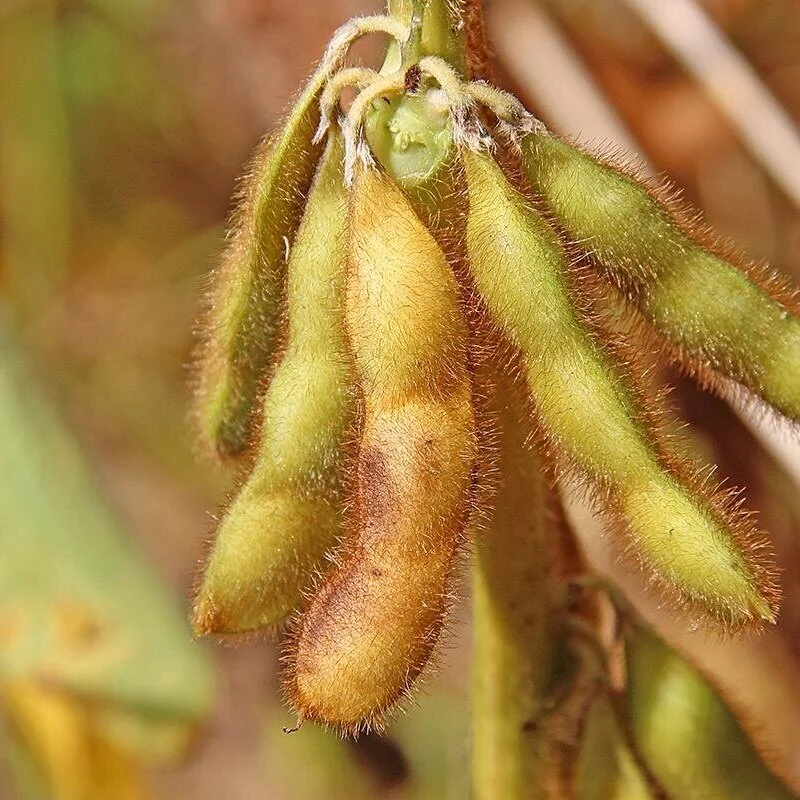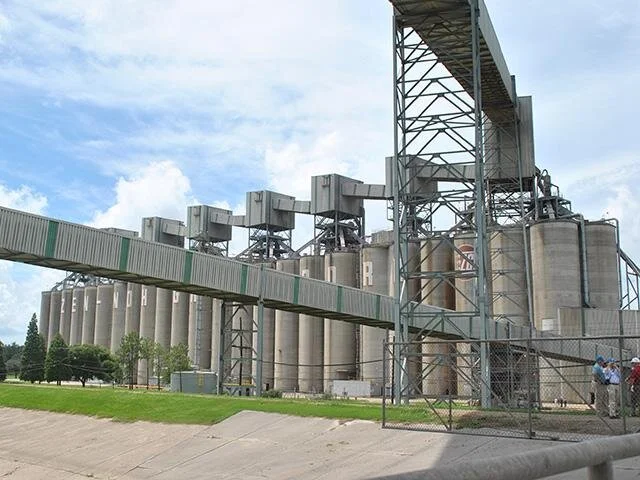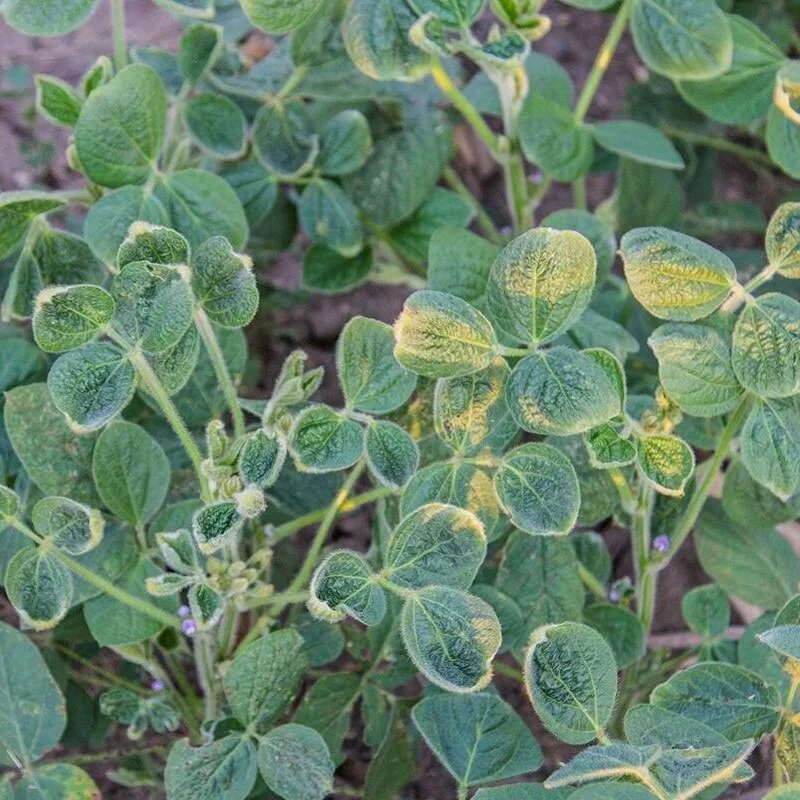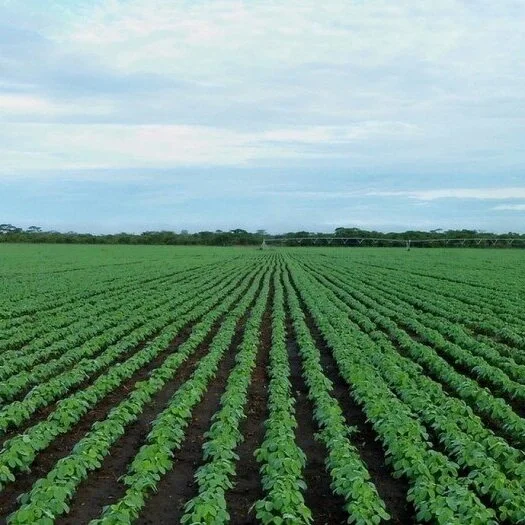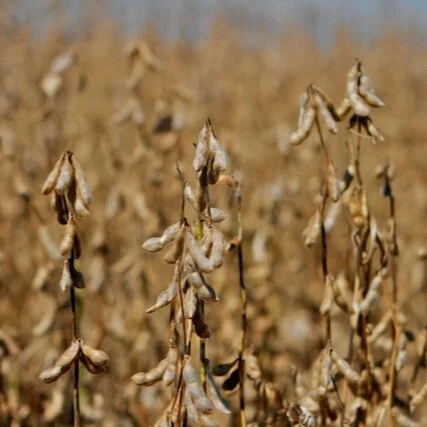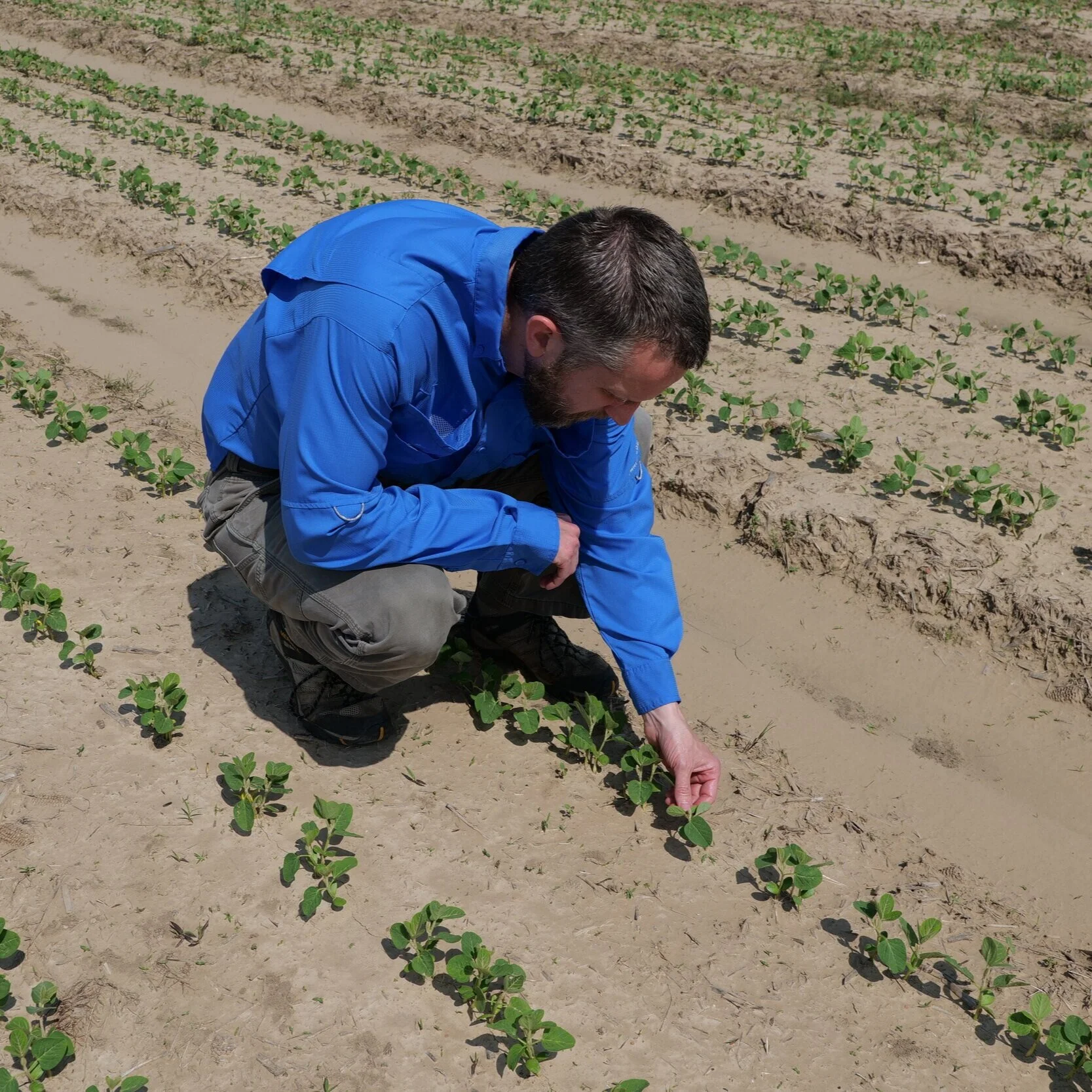As farmers prepare for a critical stage in their crop's development when disease and pest pressure can threaten yield and profitability, the soy checkoff and its partners in the Take Action program present Pest Elimination Strategies and Tactics (PEST) Week, June 28 to July 2. This weeklong event focuses on the small steps farmers can take to mitigate pesticide resistance in real time during the growing season. Each year, PEST Week reminds farmers about the timely in-season information and resources available to them through the Take Action program to help manage pests, mitigate resistance and protect against crop loss.
Read MoreThe American Soybean Association (ASA) and Corteva Agriscience are seeking applicants for the 2021-22 ASA Corteva Young Leader Program.
The Young Leader Program, sponsored by Corteva Agriscience and ASA, is a two-phase educational program for actively farming individuals and couples who are passionate about the future possibilities of agriculture. The women and men who participate in this program will be the leaders that shape the future of agriculture.
Read MoreThe American Soybean Association (ASA) is once again celebrating exceptional soy volunteers and leaders—and we need your help with nominations! During ASA’s annual awards banquet, individuals will be honored for state association volunteerism, distinguished leadership achievements and long-term, significant contributions to the soybean industry. The nomination period is open through Oct. 25, 2021.
Read MoreThe progress of 2021 soybean planting season has been behind the five-year average from the beginning due to weekly heavy rains throughout the state. The optimum soybean planting window is suggested to be from mid-April to mid-May. According to the USDA-NASS report, 45% of the crop was planted by May 16, compared to the five-year average of 77%. During the three weeks from May 16 to June 6, soybean producers were able to plant an additional 41% of the projected acres, slightly past the optimum window. Soybean planting date research has indicated yield potential will decrease when planting late. However, the final yield from previous years with comparable slow planting progress indicate good soybean yield is still achievable this year. The planting progress in 2013 and 2019 was comparable to this year. The yields were 48.5 and 48 bushels per acre in 2013 and 2019, respectively: approximately 95% of the average yield from 2016-2020 (51 bushels per acre).
Read MoreA non-GMO soybean variety containing high oleic trait technology, SOYLEIC, is building demand thanks to funding and partnership support from the Missouri Soybean Merchandising Council and the soy checkoff. The variety offers opportunities for farmers to meet end-user high oleic oil needs for specific markets.
High oleic soybean oil provides increased functionality and contains zero trans-fat. It is an ideal oil for frying, baking and many other uses in restaurants and home kitchens. It creates nutritious food for humans and feed for animal diets while offering a diversified and value-added planting option for soy farmers.
Read MoreLSU AgCenter Soybean Specialist Dr. David Mosely reports planting progress has been slow since the start of the season this year.
“We started off wet,” says Mosely, “mostly from the winter storms in February. We probably had some left over moisture from those storms, but they prevented producers from getting out and doing some field preparations.”
Heavy, persistent rainfall started up in March across Louisiana “and that hasn’t really stopped. We’re still seeing a pattern of persistent rain and really most of the state stayed wet.”
“We might have had a couple of dry days but before we cold get planted, we would have another heavy rain. And that pattern has pretty much lasted the entire planting season.”
(This report a service of the Louisiana Soybean, Grain Research and Promotion Board)
Read MoreThe U.S. Justice Department intervened in a large sale of grain elevators from one company to another, citing concerns about the impact on cash grain market competition.
Zen-Noh Grain Corp, a subsidiary of the National Federation of Agricultural Cooperative Associations of Japan, reached a $300 million deal to buy 35 operating and 13 idled grain elevators from Bunge North America last April.
Read MoreSoybeans prices are selling at highs in Brazil because of strong internal and external demand, rising prices on the Chicago Mercantile Exchange, and a weak Brazilian real couple with a strengthening U.S. dollar. Prices have risen at the same time that Brazil, the world’s largest soybean producer, has achieved a new record harvest. The 2020/2021 forecast indicates Brazil will harvest 4.97 billion bushels, 8.5% more soybeans than last season. In addition, Brazil´s soybean exports increased dramatically in the last months, reaching historic highs, including unusual sales to the United States.
Read MoreSouthwest Louisiana crops have been impacted by the recreant heavy rainfall and flooding.
Many crop fields in Calcasieu were submerged in the flood. Though all plants need water to grow, experts said crops in this region do better when it’s hot and dry.
Read MoreMay 28 is the last day to file a claim in the dicamba soybean settlement. Producers with evidence of dicamba damage in soybeans occurring from 2015 through 2020 are eligible to file a claim. The courts have set aside $300 million for soybean producers who experienced damage and $100 million for administrative costs.
Read MoreOver the past several years, Indian organic meal has flooded the U.S. market, jumping from just 2% before the surge to now owning nearly 70% of the U.S. organic meal market. U.S.-produced organic soybean meal meanwhile has plummeted from 80% of the market to just over 30%.
The United States International Trade Commission (USITC) determined that there is a reasonable indication that a U.S. industry is materially injured by reason of imports of organic soybean meal from India that are allegedly subsidized and sold in the United States at less than fair value.
Read MoreThe May World Agricultural Supply and Demand Estimates gives the first look at the newest marketing year demand expectations since the USDA Agricultural Outlook Forum in February. This is the highlight of spring USDA reports as it incorporates farmer planting decisions from the March Prospective Planting report and adapts supply estimates to reflect weekly planting progress reports. The big story leading up to this report is rising prices due to the increased global demand for U.S. commodities. This Market Intel dives into the May WASDE for updated estimates of the current 2020/21 marketing year crop and assesses what could be in store for the newest 2021/22 marketing year, which starts in September.
Read MoreBad weather has put Louisiana soybean farmers behind schedule, but rising prices are likely to increase acreage from last year, a Louisiana State University soybean specialist says.
Louisiana farmers have planted about 24% of the acres they plan for soybeans, compared to a 5-year average of 47% by this time, the U.S. Department of Agriculture’s National Agricultural Statistics Service reported Monday.
Read MoreWet weather and cooler temperatures have put Louisiana soybean planting behind schedule. The optimum planting date for soybeans in the state is mid-May, and growers will be hard pressed to meet this deadline. LSU AgCenter reporter Craig Gautreaux has the story.
Read MoreWhen they can, Louisiana soybean farmers have been busy planting as many acres as the weather allows. Unfortunately, many producers have not been able to get in their fields as often as they would like.
According to a May 3 report from the U.S. Department of Agriculture National Agricultural Statistics Service, approximately 24% of the state’s intended soybean acres had been planted. The five-year average for this date is 47%.
Read More

